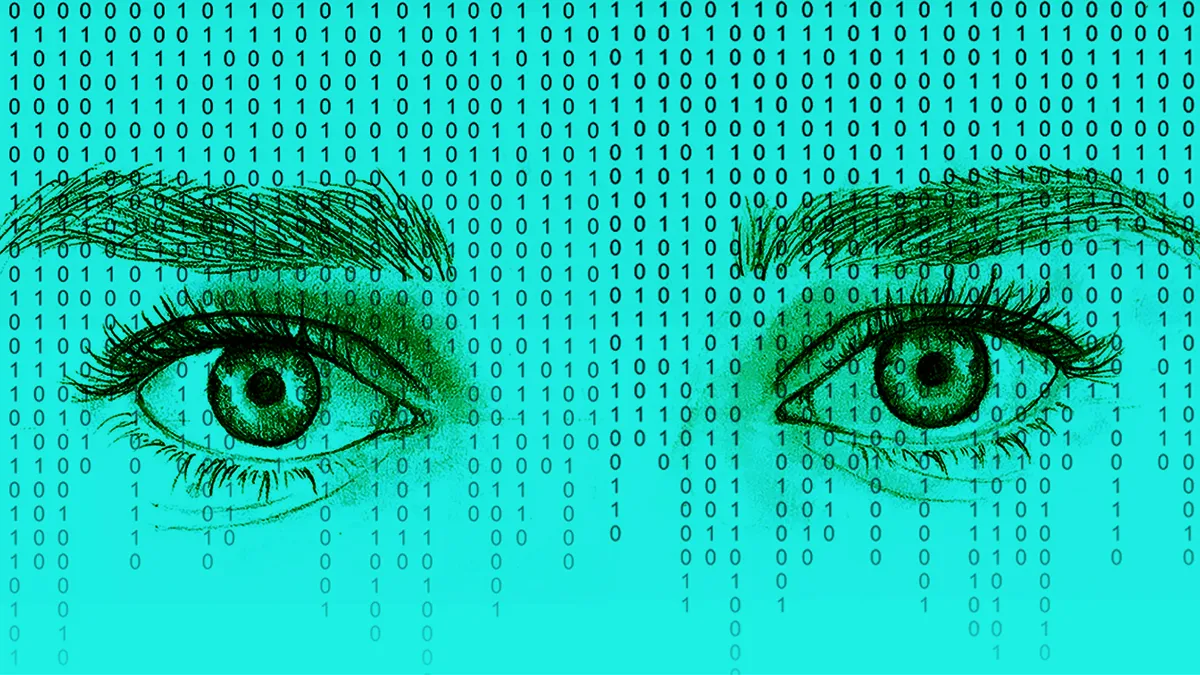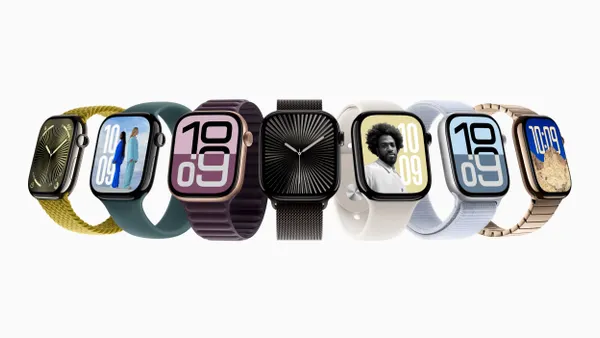Dive Brief:
-
Health insurer Aetna's international unit has set out how data and digital technologies are reshaping healthcare in a new white paper.
-
Aetna International’s report details the ways in which some countries, notably Estonia, have digitized their healthcare systems to ensure data is securely captured and shared.
-
While the more diffuse nature of data ownership in the U.S. makes it hard to copy Estonia’s model, Aetna International thinks it has the makings of an integrated digital health platform.
Dive Insight:
There is widespread agreement that the pooling of health data of individuals can improve outcomes and, when combined with the records of other people, inform research. However, multiple groups including hospitals, wearable device companies and other organizations control different parts of a person’s health data footprint. Even if all these organizations agree to share data, getting their respective data systems to connect seamlessly is a challenge.
The interoperability challenge is particularly acute for Aetna International, whose customers are U.S. citizens who are living overseas or moving between countries frequently. These customers interact with healthcare systems around the world. In some cases, they will also collect data from wearable devices that could prove valuable to their physicians.
Creating a single digital environment into which all of a patient’s health data flows would enable the centralization of information. However, as Aetna International’s report notes, this proposal raises multiple questions, including who would pay for the system, whether their motivations be wholly altruistic and how would they safeguard the data. Aetna International’s report, by its own admission, is light on answers to these questions.
Instead, the report points to the digitization of Estonia’s set up and Aetna International’s own efforts as examples of how parts of the global healthcare system are centralizing the data they control. In the case of Aetna International, these efforts are accompanied by attempts to secure the data.
“We scan every outbound and inbound transaction looking for patterns of customer data. We know that when anyone moves anything with a Social Security Number then it has a 3-dash-2-dash-4 pattern, even in a PDF. Likewise we’ve mapped global ID patterns — we know if there’s a Singaporean ID number being sent,” Alan Payne, Aetna International’s chief information officer, said in the report.
The report frames the security system and other Aetna International efforts as the foundation of an integrated digital health platform. However, the report also notes that “more stakeholders will need to get involved in the conversation and claim a seat at the table” if a fully interoperable platform is to emerge.












